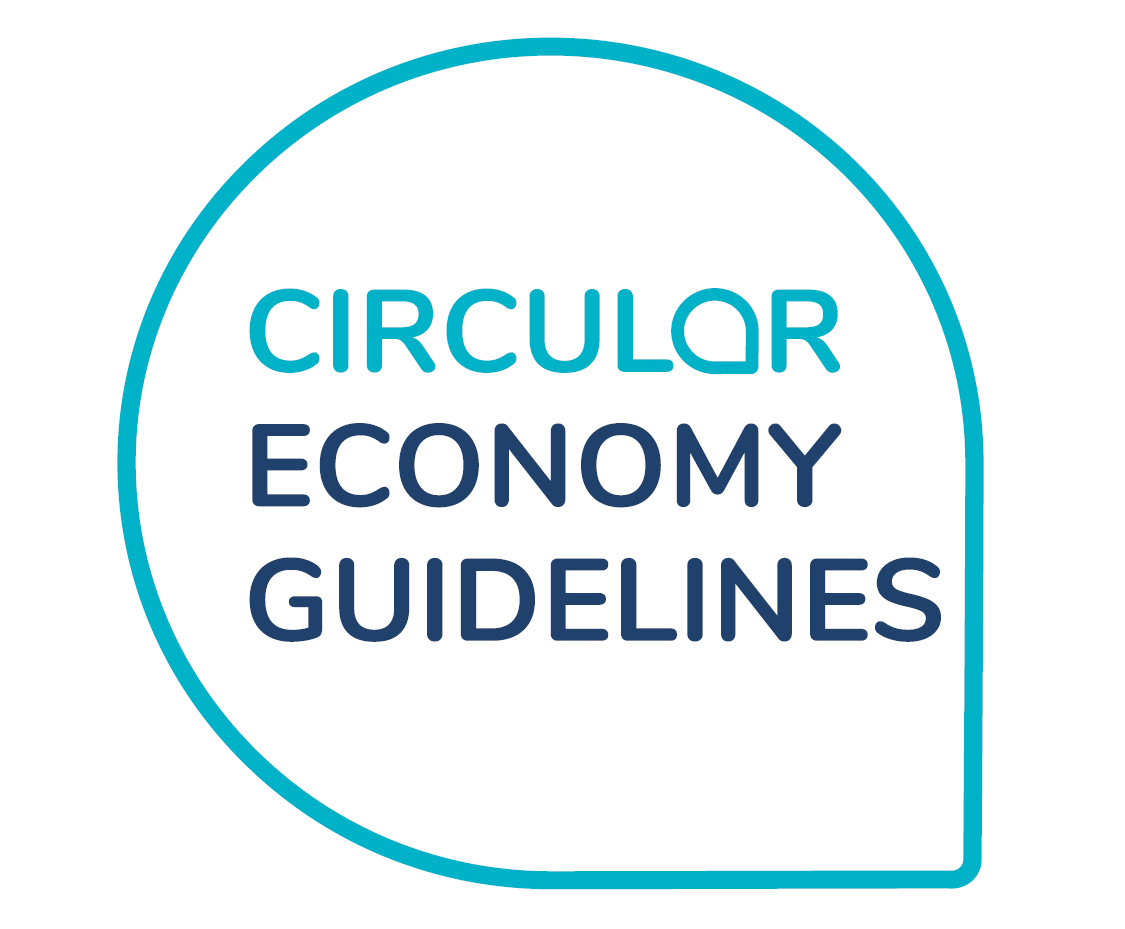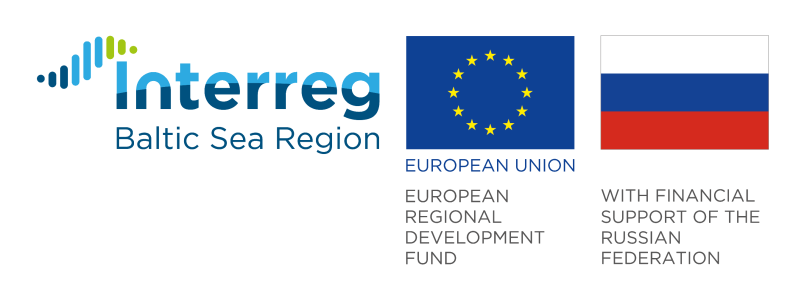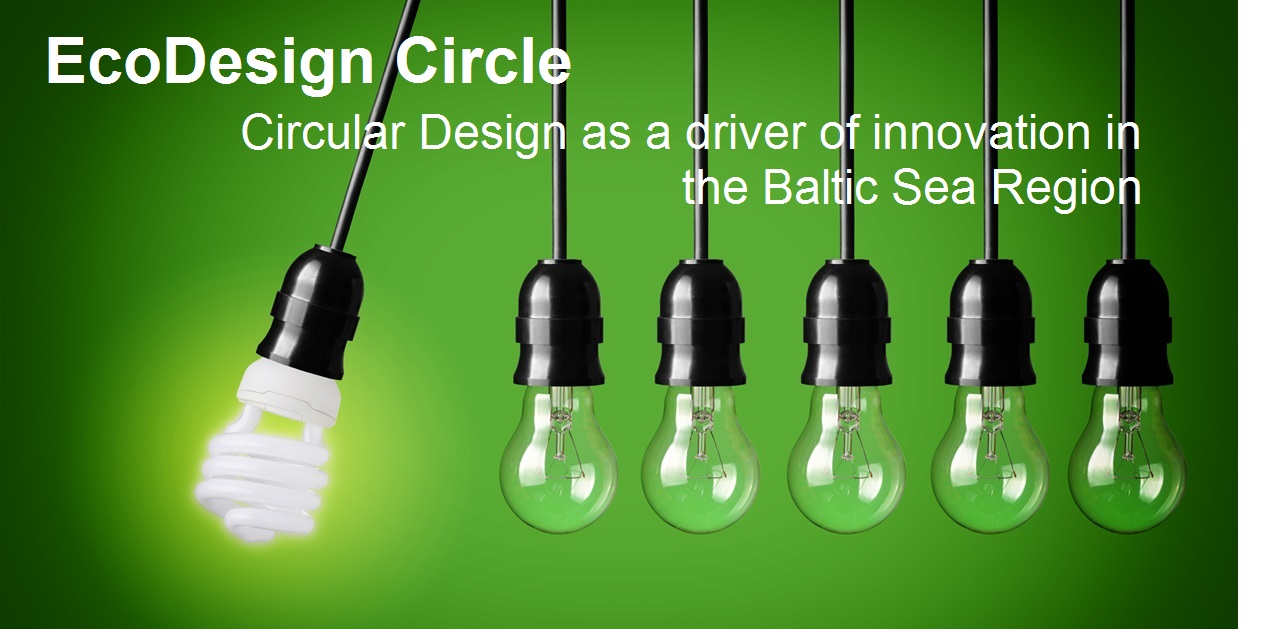
R2π – tRansition from linear 2 circular: Policy and Innovation was a three-year project within the environment theme of Horizon 2020. R2π (the R represents the linear “radius” while the π symbolizes the circle) project began in November 2016 and ended in October 2019. Its overarching goal was to accelerate the widespread implementation of a circular economy based on successful business models and effective policies. The recently published guidelines compile a series of principles and lessons that the R2Pi team has developed from working with companies in six different sectors, that have incorporated Circular Economy Business Models. It comprises tools and methods – “a journey toward building a circular business model”. It also details a set of policy packages in each of the six sectors.
Construction
• An increase of products and materials designed with the intention to circulate meaningfully, eliminating the concept of ‘waste’.
• An increase of products and materials applied in construction that are safe for humans and the environment (at all stages of the building life cycle) from production to use to reuse.
• An increase of products and materials that allow intentional material recovery and value retention.
• An Improvement in value chain collaboration: from material manufacturers, to architectural and interior designer, owners and developers, banks and investors.
The inventory of policy instruments comprises a list of the 13 policies with the best potential for being effective and implementable. For instance, "Remove barriers for reverse logistics of construction materials by lower tax rates on transport and storage of these materials."
Electronics
The inventory of policy instruments comprises a list of the 27 policies with the best potential for being effective and implementable. For instance, "Regulation to favour transparency between manufacturers and repair businesses (full information)."
Food
• Decreased food waste at every stage of its life cycle – from production to consumption
• Improved management of food waste / biomass
• Enhanced industry standards for appropriate level of food waste in relation to output/sales
• Improved value chain collaboration to resolve system-level problems
The inventory of policy instruments comprises a list of the 19 policies with the best potential for being effective and implementable. For instance, "Obligatory reusable packages for frozen food in freezers."
Textile
• An increased use of input materials that are safe, healthy, allow cycling and avoid negative impacts during production, use and after-use phases.
• An increased quantity of clothes and textile products that are designed, sold and used in a way that breaks free from their increasingly disposable nature.
• An increase in collected and recycled end-of-use textile materials in order to retain their value and reduce their negative impacts of their disposal.
• A more effective use of available feedstock resources, i.e. combining primary AND secondary raw materials to produce the same number of garments, to fully re-cycle cut-off textiles.
• A shift to renewable inputs.
• An improvement to value chain collaboration to resolve system-level problems.
The inventory of policy instruments comprises a list of the 29 policies with the best potential for being effective and implementable. For instance, "Ban on the use of any input materials that contain toxic ingredients."
Plastics
• Ensuring sustainable consumption of plastic products.
• Minimising/ Eliminating plastic product littering.
• Increasing reusability of plastic products.
• Increasing collection and recycling of plastic products.
• Improving the automatic separation and recyclability of materials.
• Replacing non-sustainable with sustainable materials.
• Improving value chain collaboration to resolve system-level problems together.
The inventory of policy instruments comprises a list of 29 policies with the best potential for being effective and implementable. For instance, "Restrict or ban the use of intentionally added microplastics altogether."
Water
• An increase in the recycling of waste water.
• Developing diversified sources of water.
• Increased conservation of water among the public, agricultural and industrial sectors.
• Improved value chain collaboration to resolve system-level problems.
The inventory of policy instruments comprises a list of the 28 policies with the best potential for being effective and implementable. For instance, "Standardize safety rules for using recycled water."


